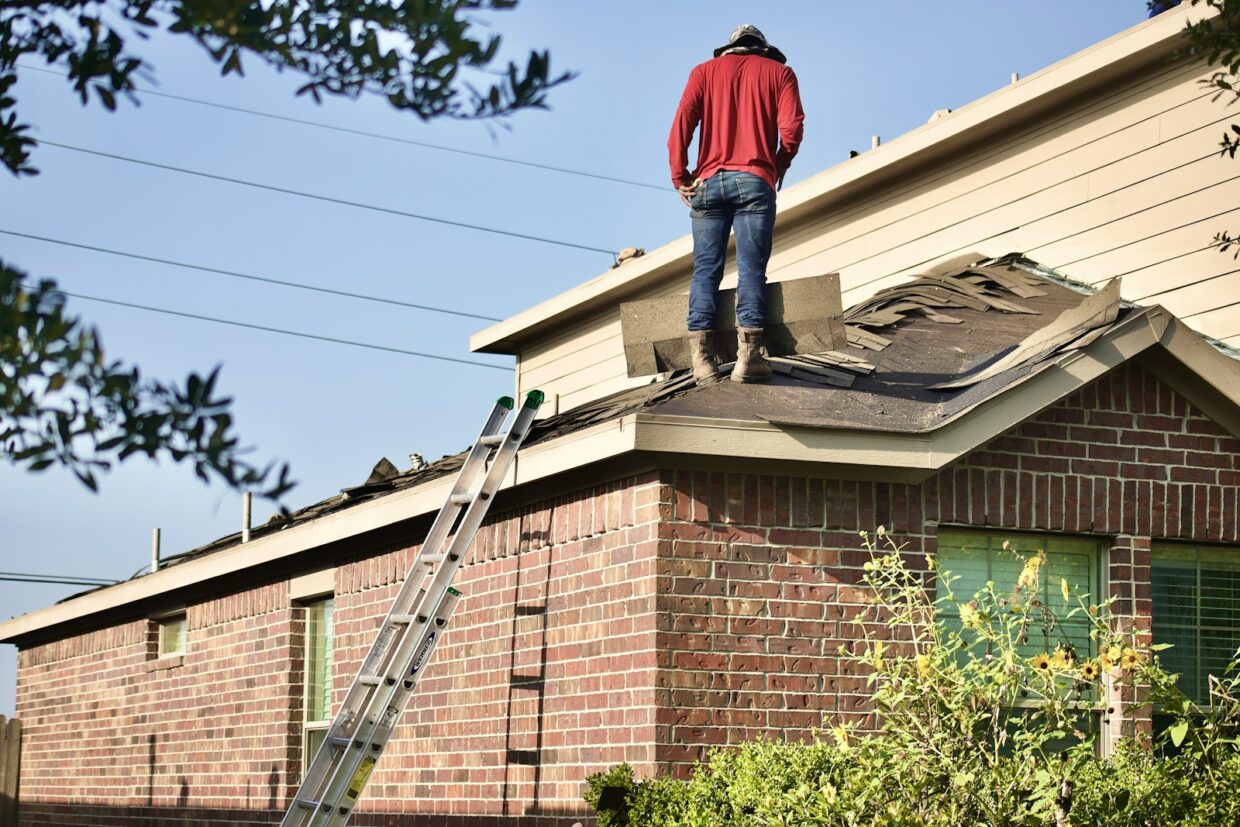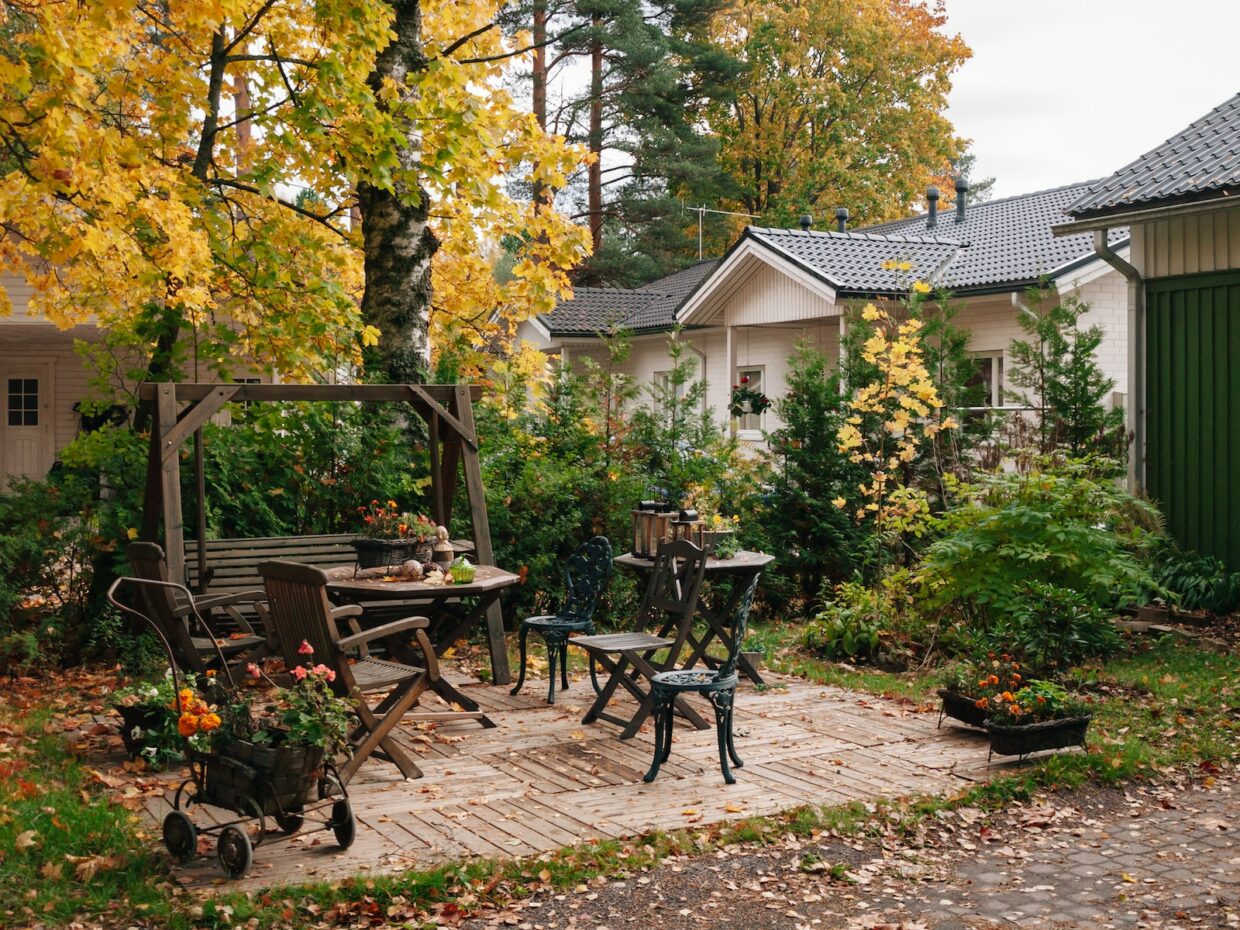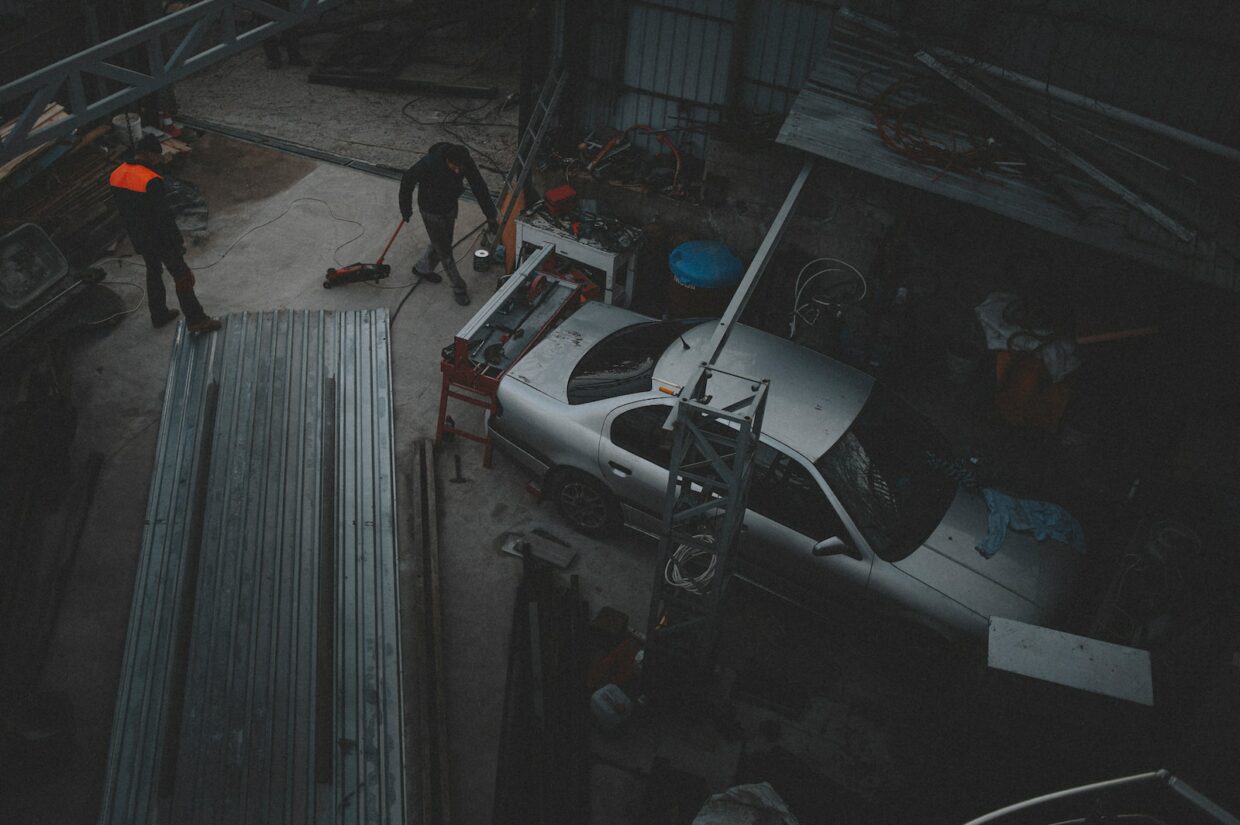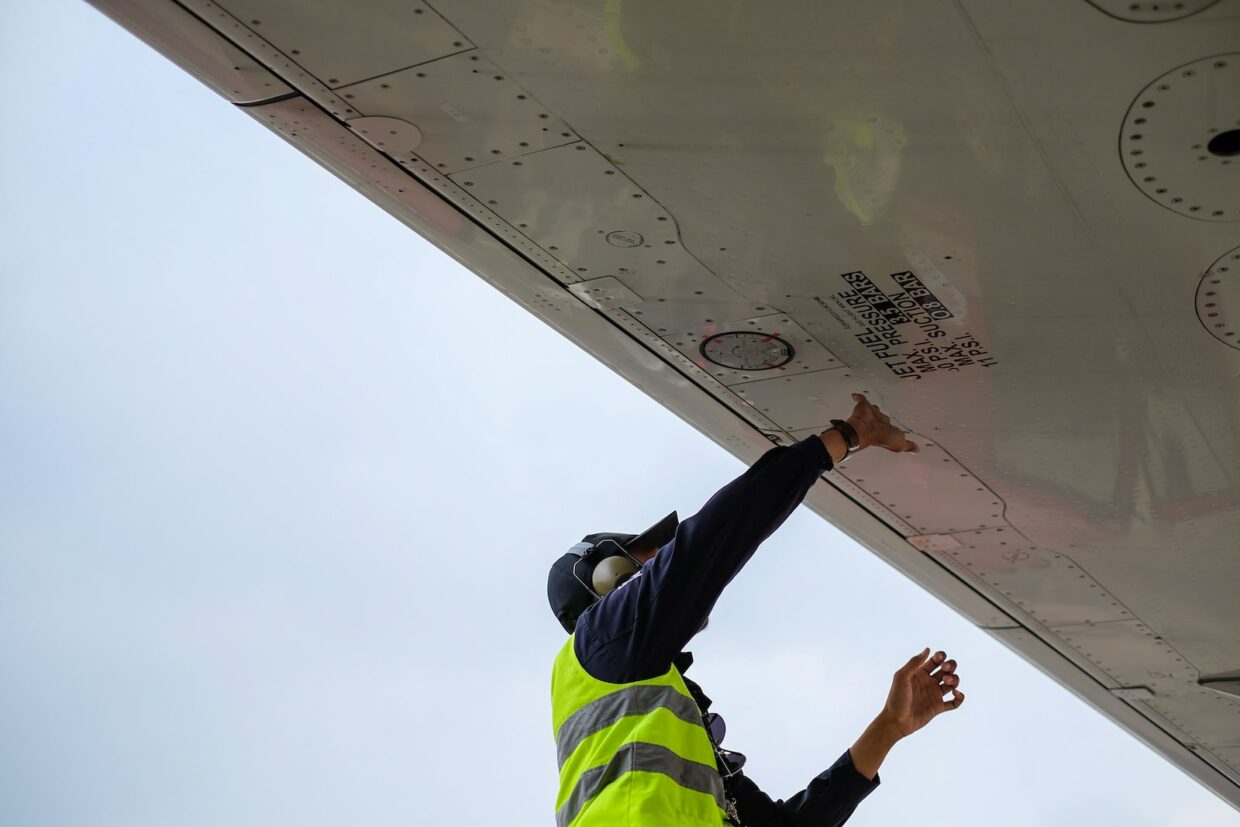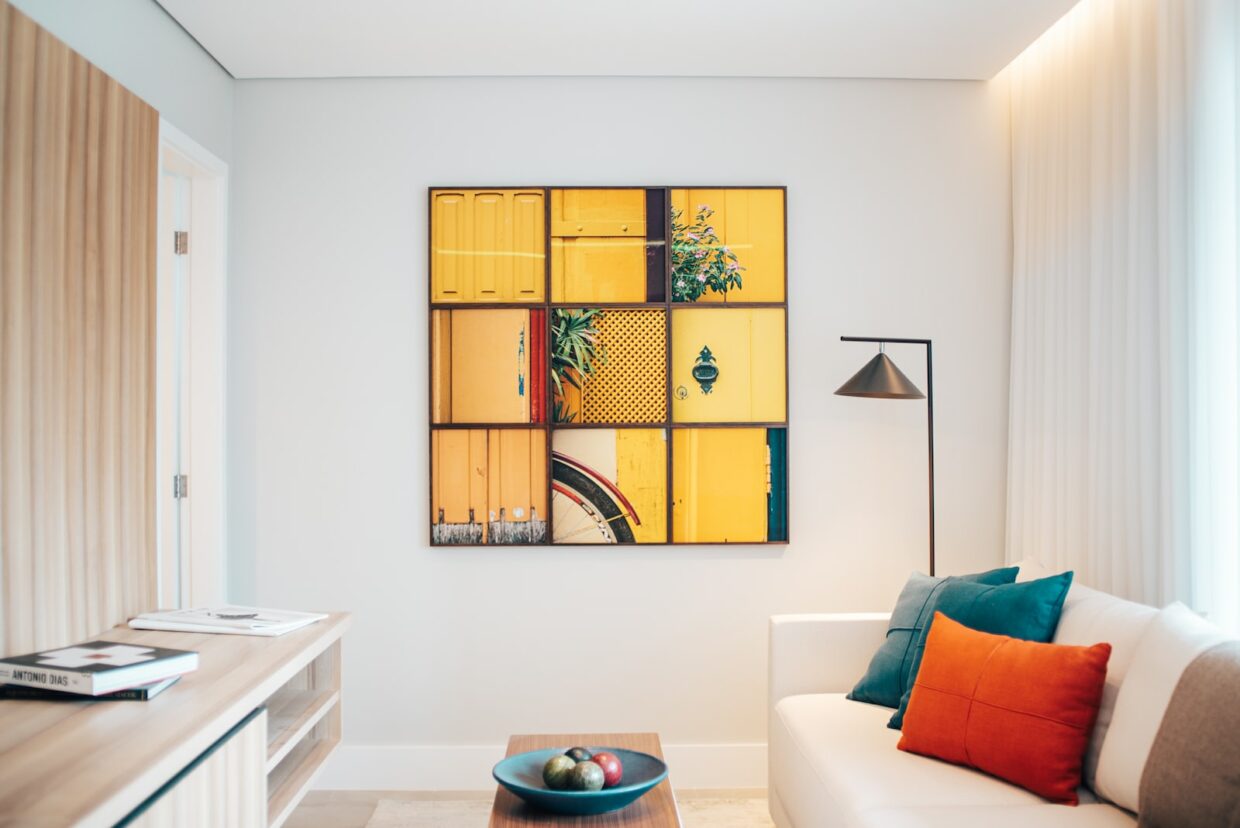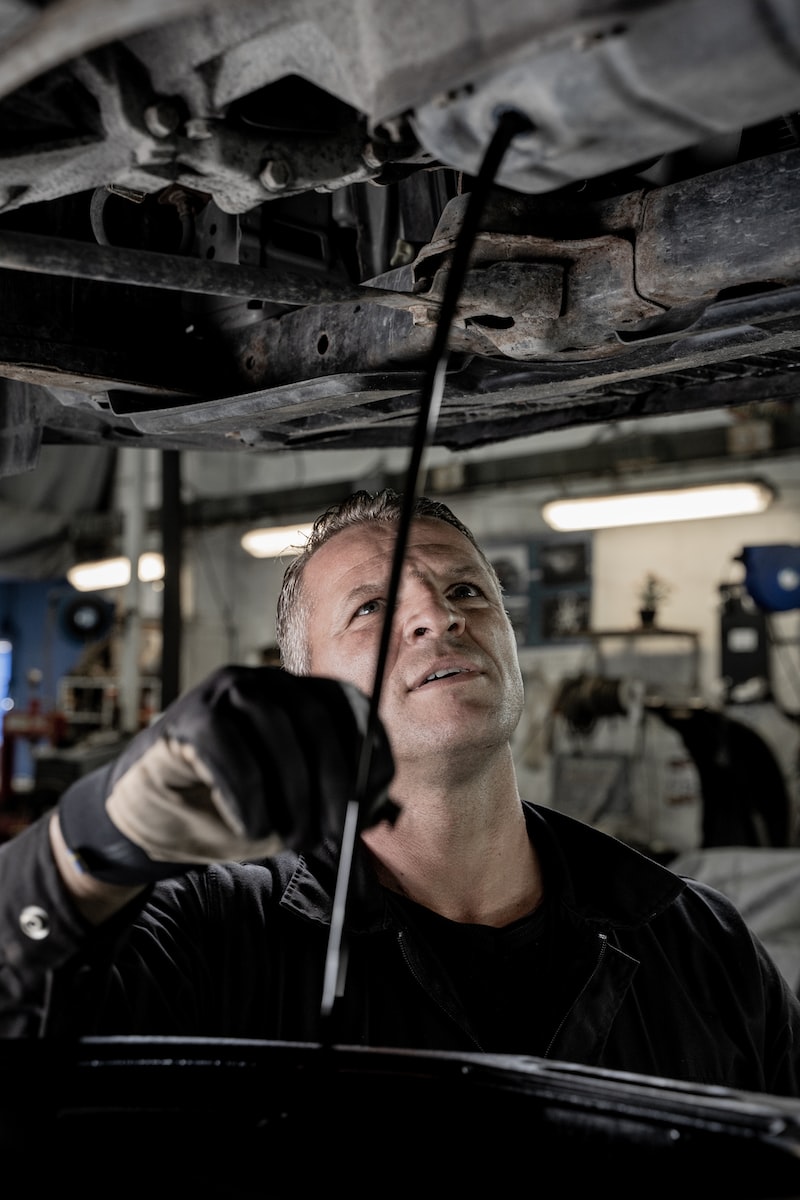GIB Stopping Done Right: How To Achieve a Perfect Finish Every Time
GIB stopping is an essential part of the finishing process when it comes to construction projects in New Zealand. It’s an intricate task that requires careful attention and a skilled hand to achieve a perfectly smooth finish and meet regulatory requirements. Whether you’re tackling a commercial or domestic job, here are some top tips on how to get your GIB stopping done right and do it with confidence every time.
Prepare the Area Carefully
The key to success with GIB stopping is preparation. Before you begin, ensure the wall is free from dust and debris by giving it a thorough clean. You may need to use a damp cloth or vacuum cleaner for this part of the job. It’s just as important to make sure the area is dry before you move on, as moisture can affect adhesion properties and prevent the sealant from properly curing.
Choose Your Materials Carefully
It’s vital to use the right type of GIB board for your project; there are different grades available depending on the application, which means selecting one that meets the relevant strength and fire resistance standards is essential. Also, take care when choosing your sealant – pick one that’s compatible with both the GIB board and intended surface, as well as suitable for interior or exterior use.
Applying the Sealant
The next step is applying your sealant – this will depend on whether you’re working with an acrylic or silicone product. When using acrylic-based sealants, it’s best practice to apply them in two thin coats rather than one thick layer; this will ensure even coverage and superior adhesion properties. For silicone-based products, a ‘W’ formation should be used while spreading so it adheres evenly all over. Remember – always follow manufacturer instructions closely during this stage!
Finishing Up
Once all areas have been covered, smooth down any edges carefully with your finger or a rubber float and then leave to cure until fully hardened; again, refer to product guidelines for specific timeframes as these can differ between brands. Finally, inspection time! Once cured, inspect closely for any gaps or air bubbles that may have occurred during application – if found, simply fill in with more sealant until these issues are resolved. Once everything looks good then congratulations – your GIB-stopping job has been completed successfully!
Here are some top tips for getting GIB stopping done right:
- • Make sure the wall area is clean before starting
- • Choose materials carefully – match upgrade/type with strength/fire resistance standards
- • Use thin layers when applying acrylic-based sealants • Apply silicone-based products in a ‘W’ formation
- • Smooth down edges carefully after applying
- • Leave to cure according to product guidelines
- • Inspect after curing for any gaps or air bubbles
Benefits of getting GIB stopping done correctly:
- • A perfect finish
- • Improved energy efficiency
- • Reduced noise transmission
- • Compliant with industry standards
- • Increased safety
- • More inviting interior environment
- • Improved market value
Using these simple steps will help guarantee you get GIB stopping done right, every time! With correct preparation, checking industry regulations and selecting quality materials, you’ll be able to create beautiful walls that look great and perform even better – giving clients in New Zealand, peace of mind knowing their project meets required standards too.


